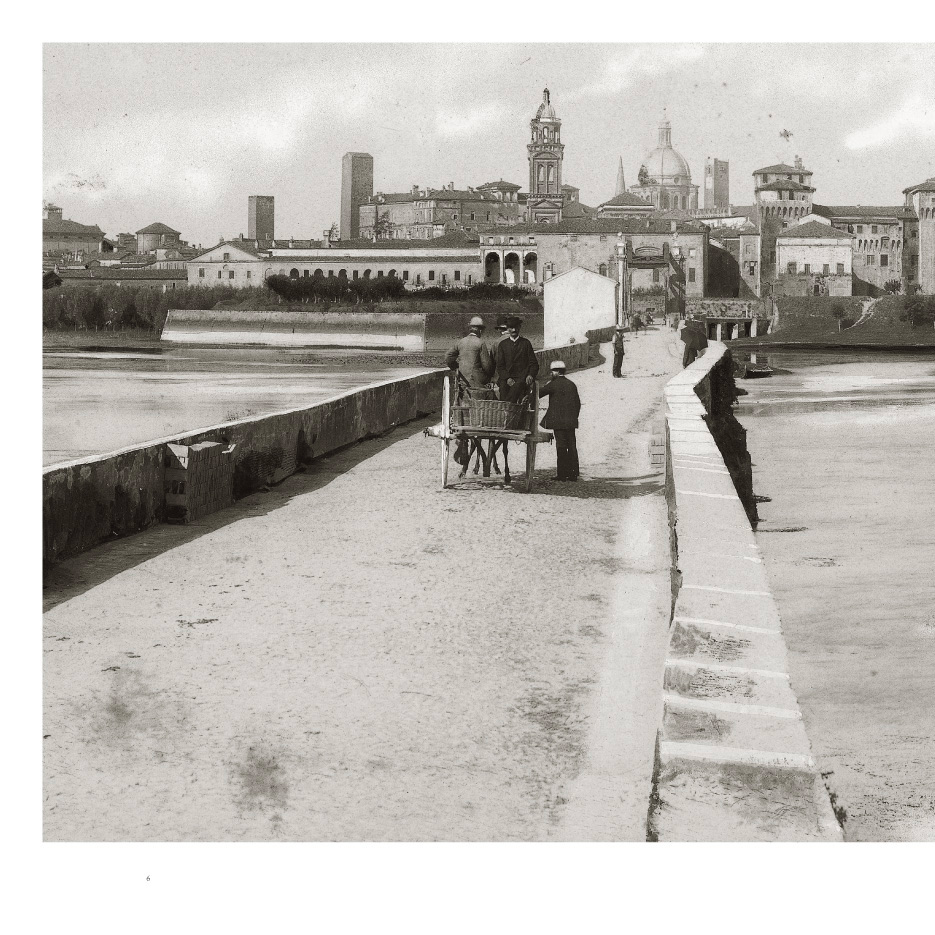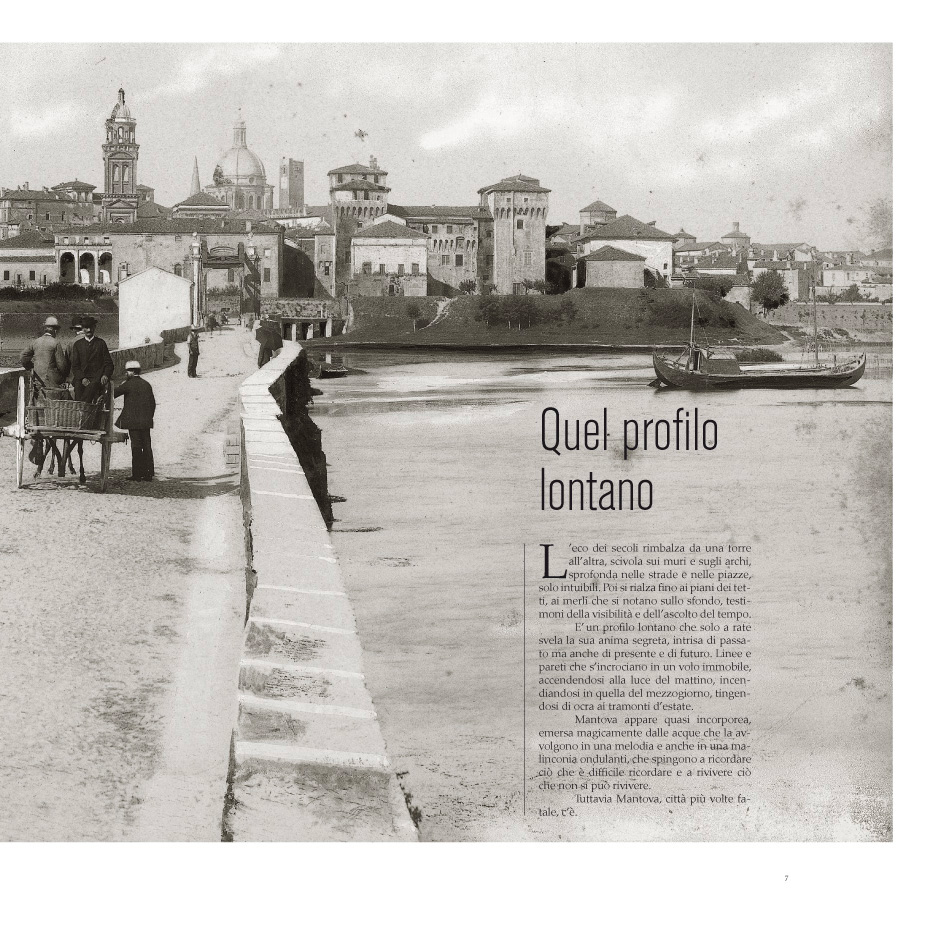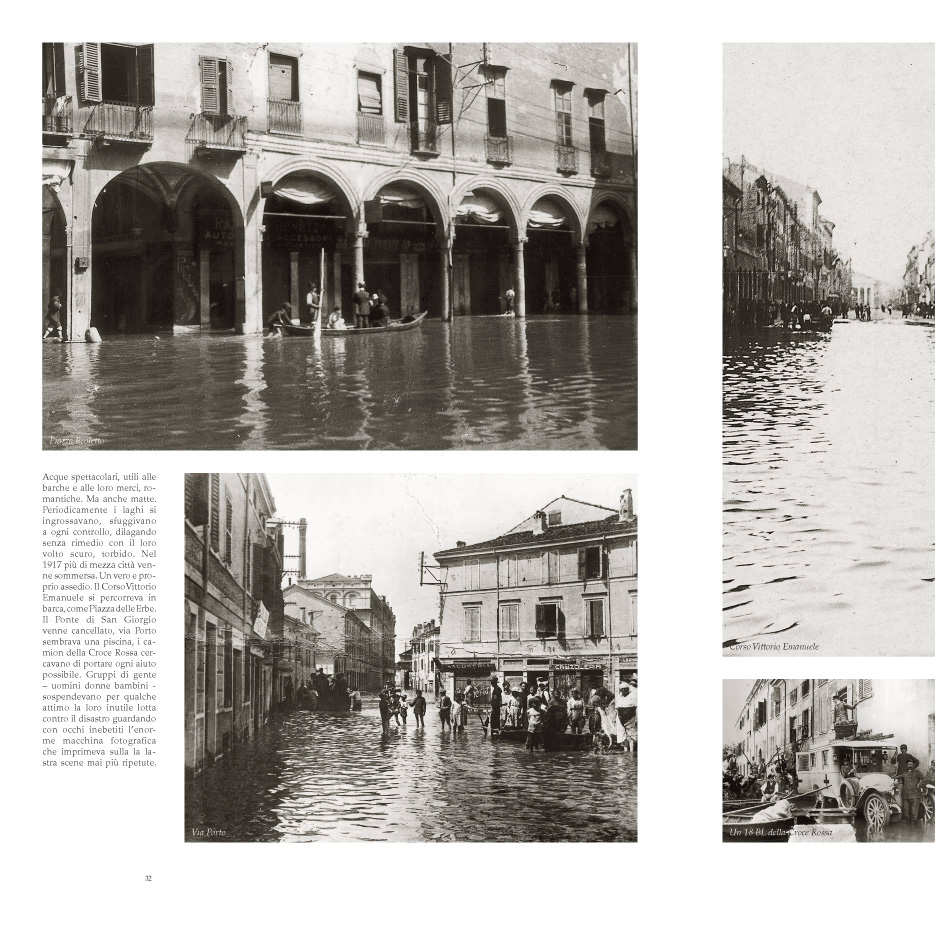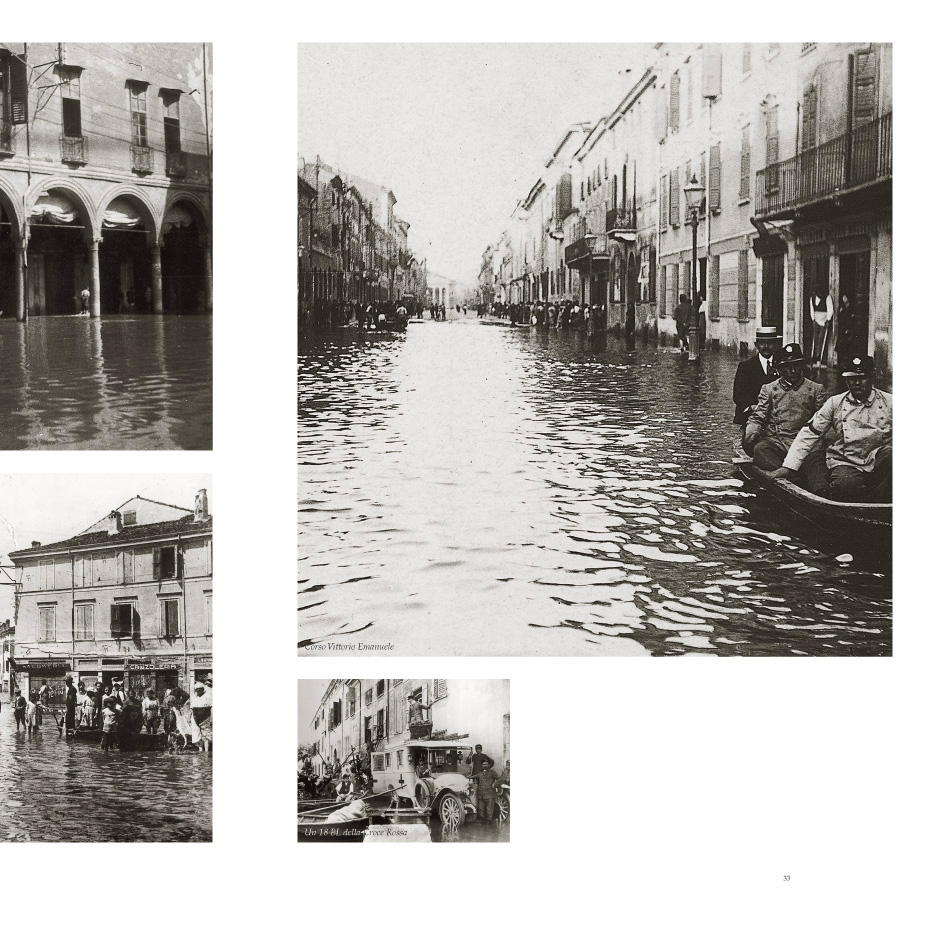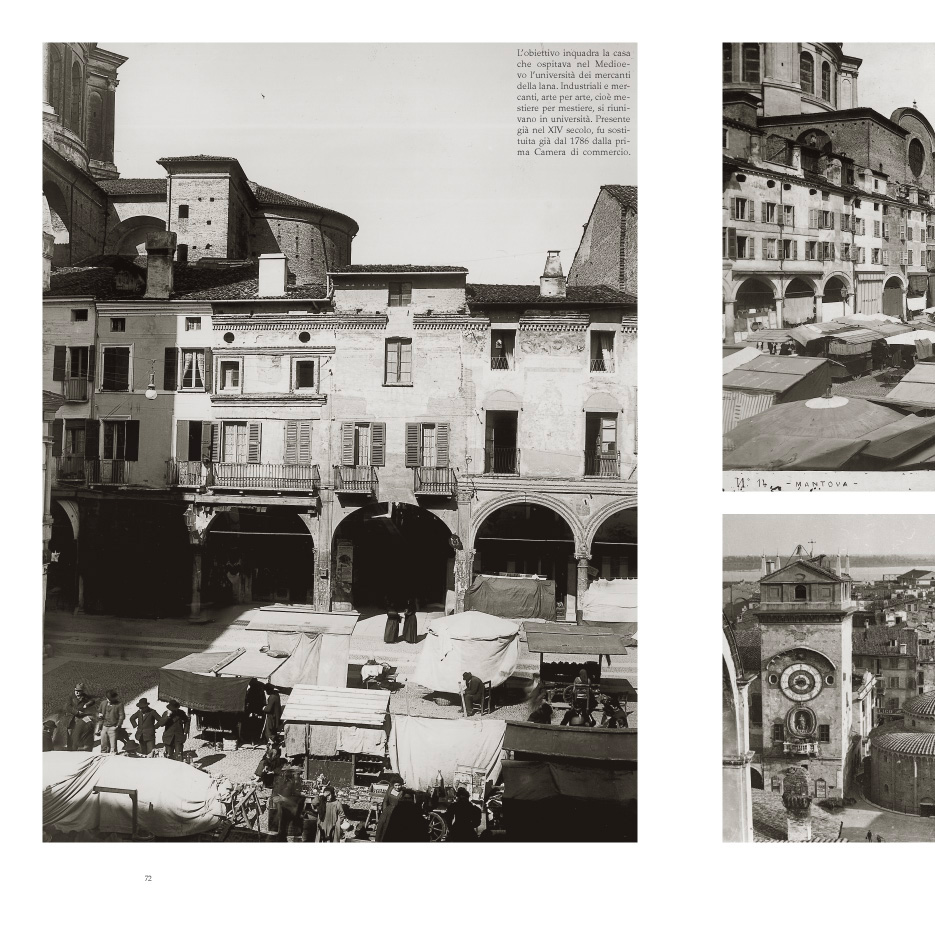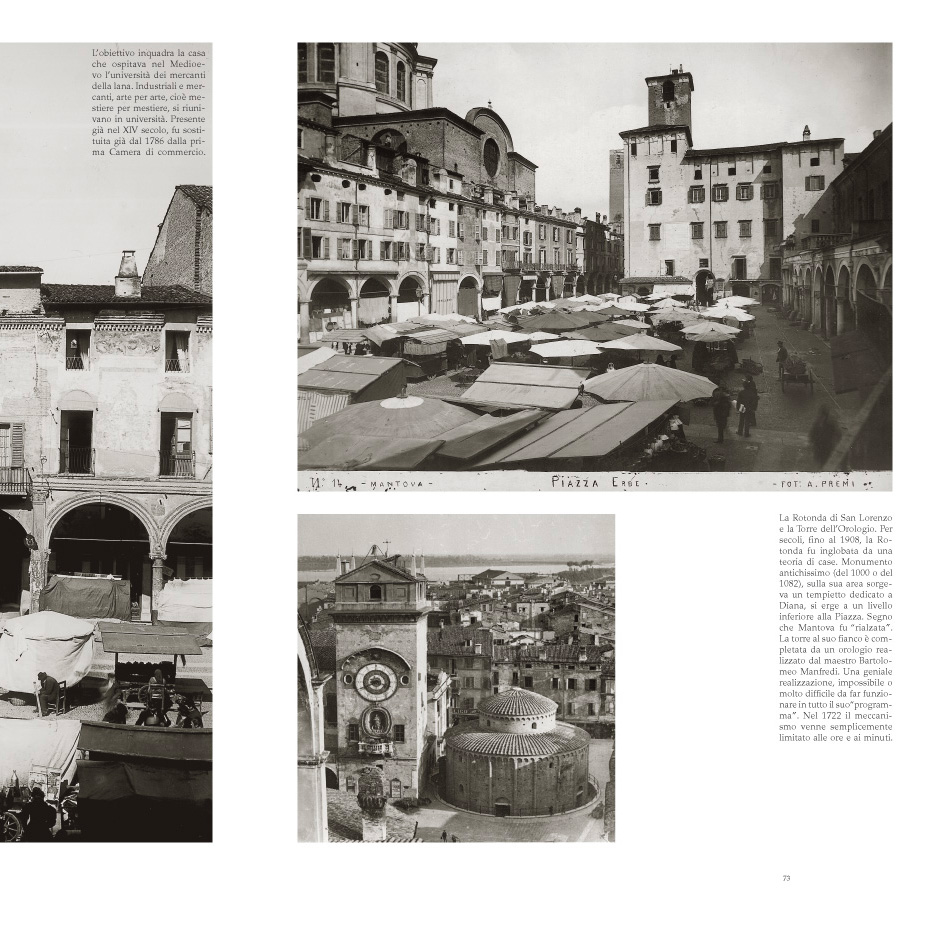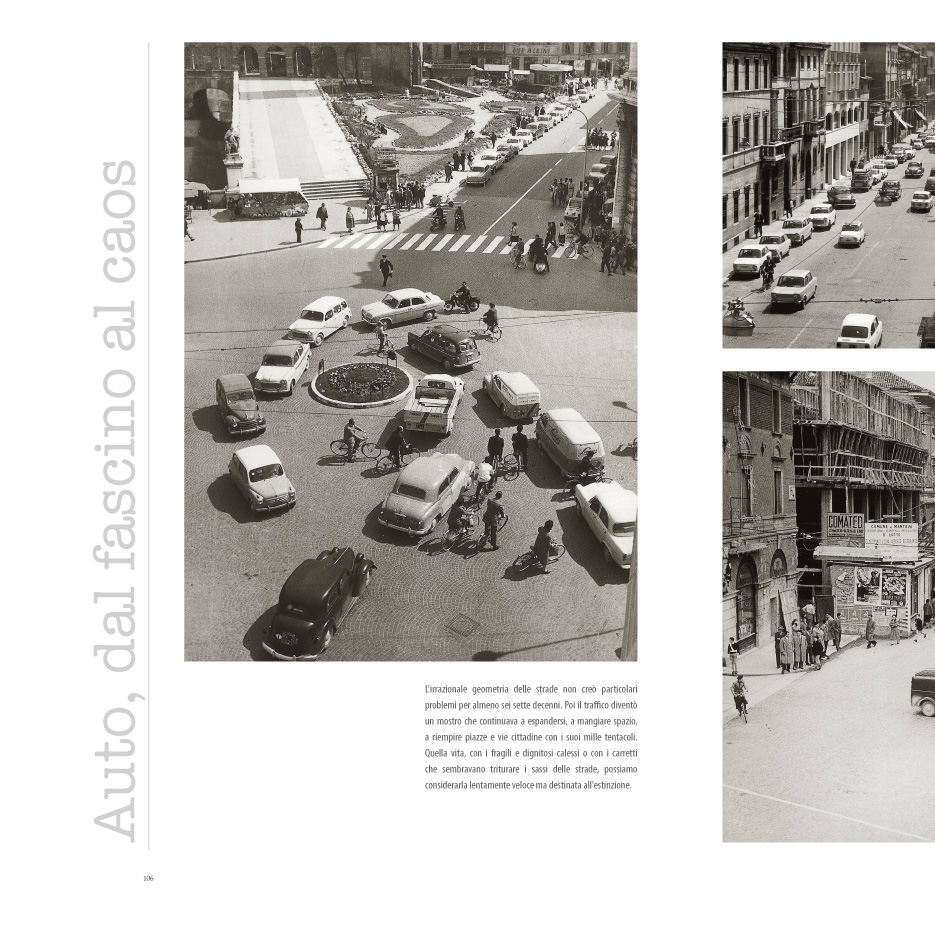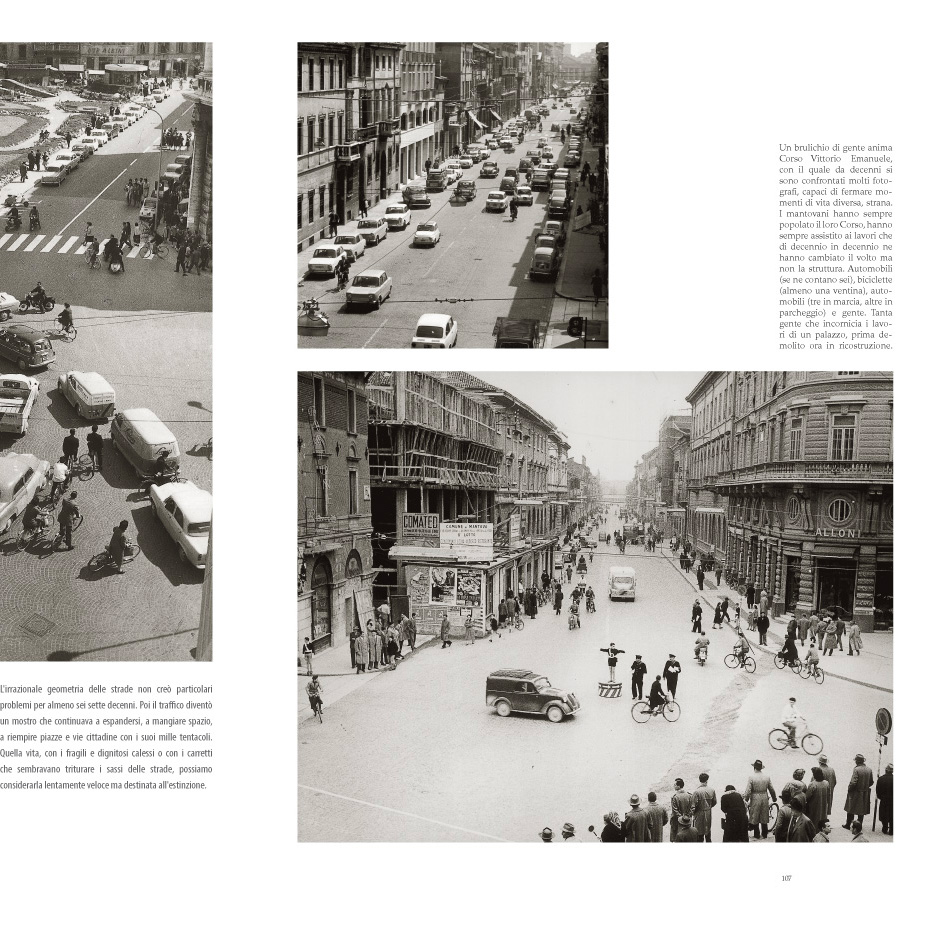by Cesare De Agostini
“Mantova Perduta” (literally “Lost Mantua”) is about the town in the ‘900, with its walls, bastions, bridges, towers and especially its gates. Within a few decades, however, its structure changed completly. To make room, chase light and progress, the inhabitants began to demolish. The walls disappeared, the bastions were destroyed, even the gates did not escape this same fate.
“Mantova Perduta” takes into account the many controversy that occurred between the local newspapers, “La Gazzetta di Mantova” and “La Provincia”: “La Gazzetta” was deployed with those who did want to preserve those precious testimonies of the past; “La Provincia” gave voice to those who claimed that the gates lacked any art and prevented the air from entering the town. In addition, they had to be demolished to give work to the unemployed. And why demolishing instead of renovating? Because so they could reuse the materials, saving money.
The structure for “Mantova Perduta” is new. Alongside the history of the gates, it offers parallel flashes of the chronicles of the time: the appearance of the bicycle called “velocipede”; the appearance of the car, which severely damage the fabric of the city; and the streets that, especially for the ladies, became a catwalk.
The book is enriched by a series of photographs (over one hundred and fifty), many of which were still unpublished.
“Mantova Perduta” is available only in Italian language.


